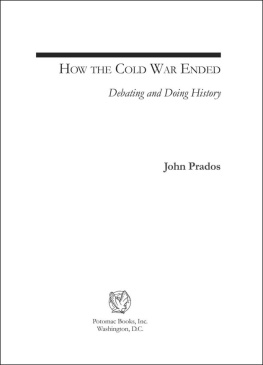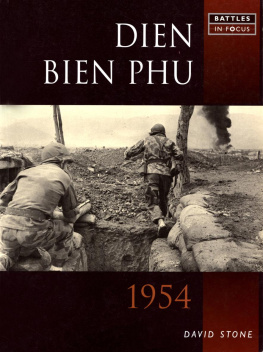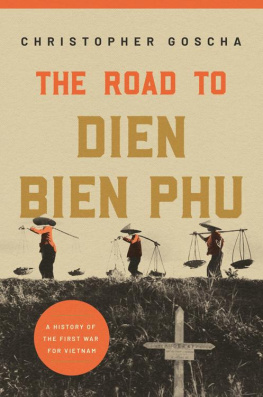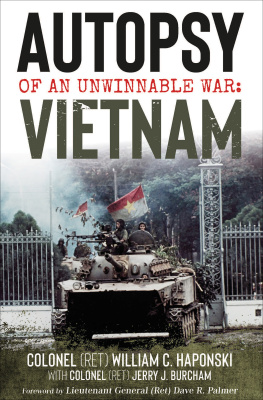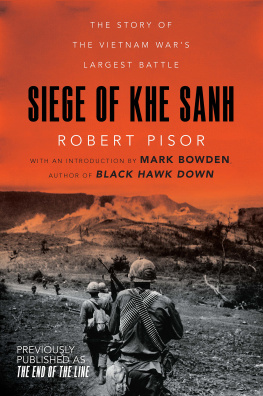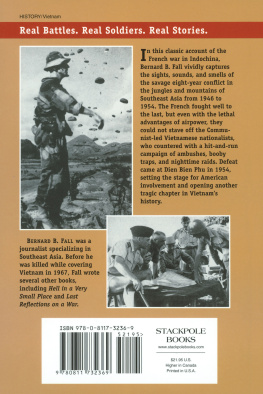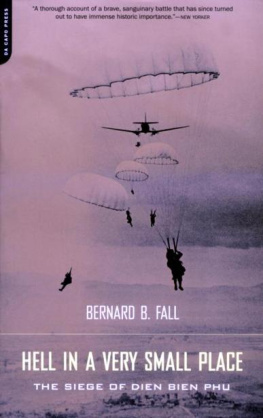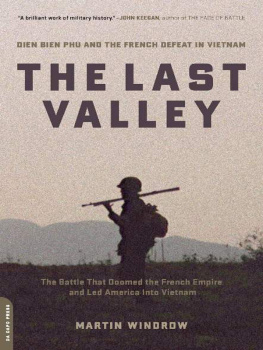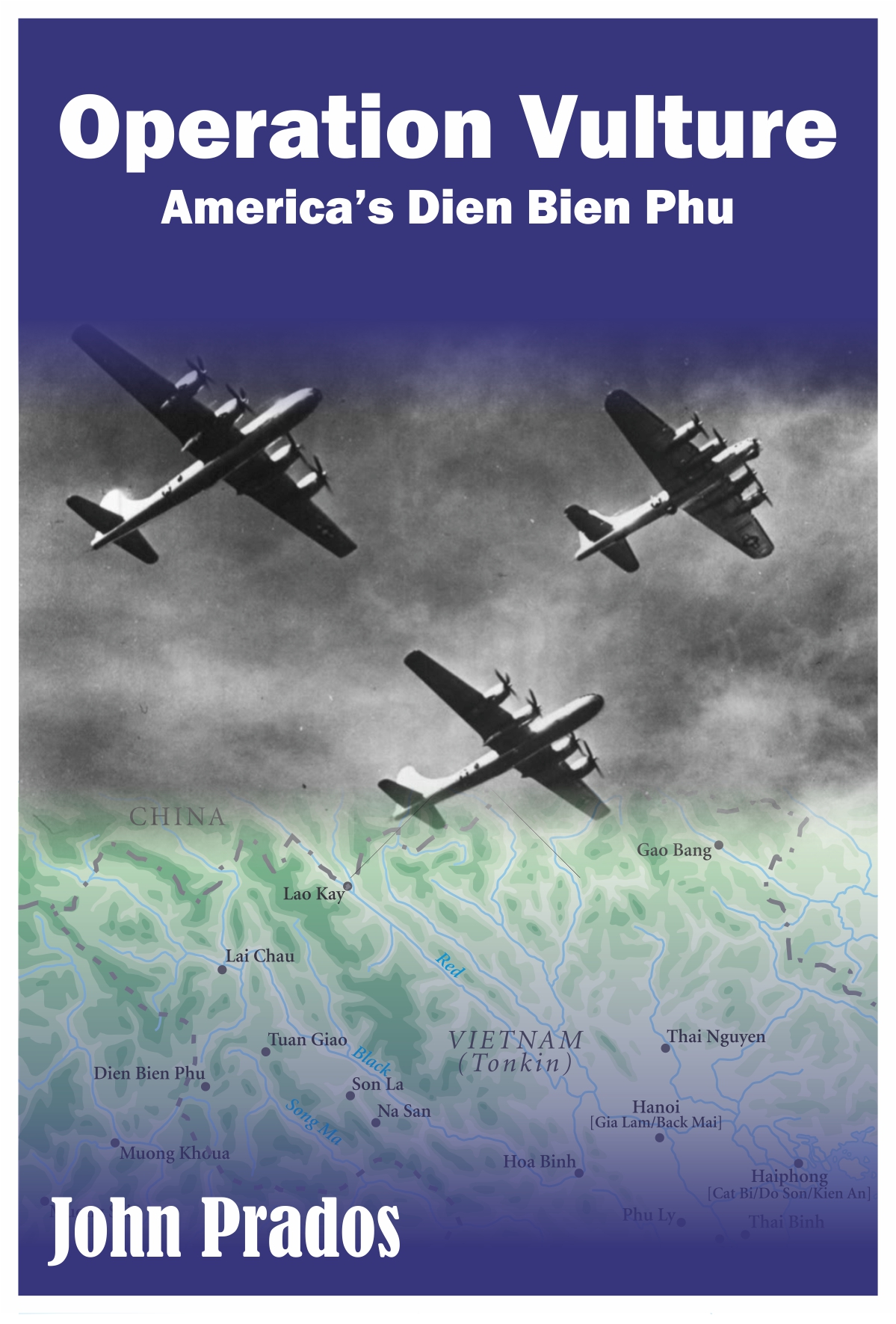OPERATION VULTURE:
AMERICAS DIEN BIEN PHU
by John Prados
OPERATION VULTURE
JOHN PRADOS received his B.A. and Ph.D. from Columbia University. He is the author of many books, most recently The Family Jewels: The CIA, Secrecy, and Presidential Power. His works on Viet-Nam and Indochina include Vietnam: The History of an Unwinnable War, 1945-1975; The Blood Road: The Ho Chi Minh Trail and the Vietnam War; The Hidden History of the Vietnam War; and, with Ray Stubbe, Valley of Decision: The Siege of Khe Sanh. Prados wrote and edited In Country: Remembering the Vietnam War. Prados is also the author of works on the CIA, American presidential history, national security, World War II, diplomatic history and conflict simulation; he has contributed to many other books in all these fields. His book, Unwinnable War, received the Henry Adams Prize in American History and was nominated for a Pulitzer. Prados has received three Pulitzer nominations overall, including one for Keepers of the Keys: A History of the National Security Council, in which Vietnam was one of the major subjects. Valley of Decision was honored with a notable book award from the United States Naval Institute. In addition to his work as an historian and analyst, Prados is an expert on simulation models and the designer of many boardgames, a number of which have also been award-winning entries in that field. He is a senior fellow of the National Security Archive in Washington, D.C. and a contributing editor to MHQ: The Quarterly Journal of Military History. He lives near Washington, D.C.
OTHER BOOKS BY JOHN PRADOS:
The Family Jewels: The CIA, Secrecy, and Presidential Power
Islands of Destiny: The Solomons Campaign and the Eclipse of the Rising Sun
In Country: Remembering the Vietnam War (written and edited)
Normandy Crucible: The Decisive Battle that Shaped World War II in Europe
How the Cold War Ended: Debating and Doing History
William Colby and the CIA: The Secret Wars of a Controversial Spymaster
Vietnam: The History of an Unwinnable War, 1945-1975
Safe for Democracy: The Secret Wars of the CIA
Hoodwinked: The Documents That Reveal How Bush Sold Us a War
Inside the Pentagon Papers (written and edited with Margaret Pratt Porter)
The White House Tapes: Eavesdropping on the President (written and edited)
Lost Crusader: The Secret Wars of CIA Director William Colby
America Confronts Terrorism (written and edited)
The Blood Road: The Ho Chi Minh Trail and the Vietnam War
Presidents Secret Wars: CIA and Pentagon Covert Operations from World War II through thePersian Gulf
Combined Fleet Decoded: The Secret History of U.S. Intelligence and the Japanese Navy in
World War II
The Hidden History of the Vietnam War
Valley of Decision: The Siege of Khe Sanh (with Ray W. Stubbe)
Keepers of the Keys: A History of the National Security Council from Truman to Bush
Pentagon Games
The Soviet Estimate: U.S. Intelligence and Soviet Strategic Forces
The Sky Would Fall: The Secret U.S. Bombing Mission to Vietnam, 1954
Copyright 1983, 2002, 2014 by John Prados. All rights reserved. No part of this work may be used or reproduced in any manner whatsoever without written permission from Don Congdon Associates, Inc.; the agency can be reached at
Revised ebook edition first published 2014. Trade paperback edition published by iBooks, 2002. Originally published as The Sky Would Fall: Operation Vulture The Secret U.S. Bombing Mission to Vietnam, 1954 by Dial Press, 1983.
Photographs by Russell De Somer, Thomas A. Julian, and Jack McDonald
Cover art, design, and illustrations by Jason Petho
For Davida, who was present at the inception
Nothing can be precluded in a military thing. Remember this: when you resort to force as the arbiter of human difficulty, you dont know where you are going; but, generally speaking, if you get deeper and deeper, there is just no limit except what is imposed by the limitations of force itself.
President Dwight D. Eisenhower,
January 12, 1955
Contents
Preface
THIS IS BEING WRITTEN ON the eve of the 60th anniversary of the Battle of Dien Bien Phu. That battle effectively ended French colonialism in Indochina. It marked the coming of age of the Viet-Nam Peoples Army in renewed hostilities over the next decades, and the emergence as a nation state of what is now the Socialist Republic of Viet-Nam. Those things are what history largely remembers. But that narrative obscures the importance of Dien Bien Phu in the American road to war in Viet-Nam. With a few exceptionsmost recently Fredrik Logevall in his Embers of War, and before him Lloyd Gardner and James Arnoldthe United States has a mere cameo role at Dien Bien Phu. Washington frequently receives brief mention in accounts of the key battle and is usually portrayed as cleverly maneuvering to avoid becoming involved. In most accounts either President Dwight D. Eisenhower works with a hidden hand to place insurmountable obstacles in the way of intervention, or Secretary of State John Foster Dulles calls the shots and manipulates the crisis so as to create a regional alliance that would become known as the Southeast Asia Treaty Organization (SEATO). Dien Bien Phu is the day we didnt go to war.
But there exists another narrative, a very different one, hinted at by Logevall and Gardner, outlined in somewhat greater detail by Arnold, but recounted in stunning depth here, in Operation Vulture. Not only did the United States come within an ace of entering the Viet-Nam war at the time of Dien Bien Phu, but what happened in that crisis and its aftermath put the pieces in place for the American war that followed. Here you will find the complete story. It is a tale not so much of heroes and villains but of desperate men and hubris. Caught up in a certain way of thinking in the Cold Warone that did not admit of nationalismtrapped within the policy framework they themselves had created, and convinced they could do better than the French, these men put America on the march to war in Viet-Nam.
The conventional narrative of America at Dien Bien Phu became entrenched very early on, propelled by media reporting of the time. In my view there are several reasons why historians succumbed to a distorted picture of these events. The early journalistic accounts seemed authoritative and offered a convenient way to frame the picture. There followed a tendency to try and tuck the emerging declassified record into the existing framework rather than let the documents tell their own story. More important, many of the key recordsthe smoking gun stuffremained shrouded in secrecy long after historians had written on this, putting their stamp on the conventional narrative and then moving on to other things. But most important of all, the observers who commented on the Dien Bien Phu crisis confined themselves to only one part of the record. They focused on the (incomplete) diplomatic documents and left untouched the military side of the crisis. Not only did this leave historians with only half a picture, it turns out that the American military maneuvers at Dien Bien Phu are both revelatory of Washingtons true intentions and form a story in their own right.


